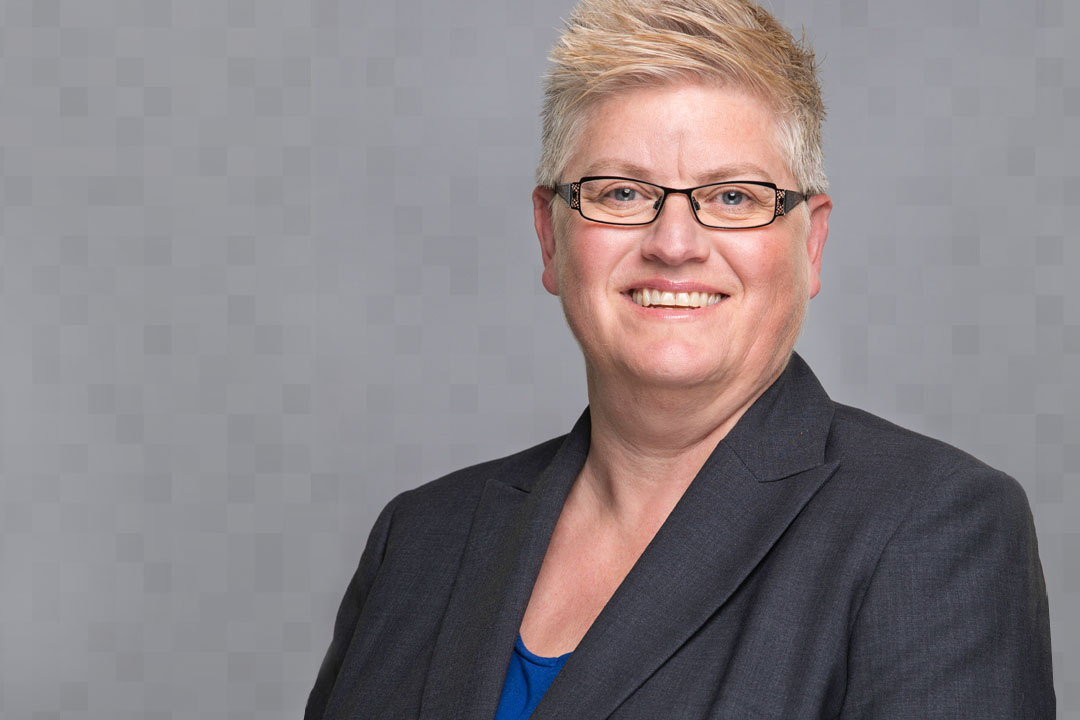Cheryl Carver, associate vice-president human resources, said the goal of this strategy is to support the health and well-being of U of S students, faculty, staff and visitors.
Developing and implementing a wellness strategy has been a priority for Carver since taking over leadership of the HR portfolio just over two years ago. Following an initial organizational assessment, “we identified we don’t have an effective approach to wellness,” she said. “I think we were fairly good at the intervention side, but most of what we did was reactionary. We would deal with a crisis as it arose, but not so much in terms of promoting wellness and taking a preventative approach to it.”
It made sense, Carver continued, to work collaboratively, so she reached out to Patti McDougall, vice-provost teaching and learning, who was very interested in establishing a partnership to move the strategy forward.
“A lot of the issues they’re experiencing from a student perspective are similar to the kinds of issues we experience from a staff perspective,” said Carver. “It’s high-priority in terms of her agenda and it’s also high-priority from an HR perspective.”
Using a holistic approach, the proposed structure looks to build on the work of the healthy campus committee and their eight dimensions of wellness: emotional, environmental, financial, intellectual, occupational, physical, social and spiritual. With help from an external human resources consulting agency, the group—made up of Carver, McDougall, senior leaders, and internal and external wellness experts—is now working to add meat to the structure’s bones. This includes researching best practices across other organizations (including other U15 institutions) and soliciting input from the campus community, explained Carver. Once completed, the document will include recommendations on a number of organizational tactics to promote the overall wellness strategy.
The first priority of the wellness strategy is the development of a mental health strategy. According to data from campus service providers (such as Employee and Family Assistance Program, or EFAP, and Sun Life, the benefits provider for faculty and staff), mental health issues are affecting U of S employees in a very serious way. Mental health issues rank as the top cause of long-term disability in staff members, and prescriptions for central nervous system diagnoses (such as depression, addiction and bi-polar disorder) have represented the top disease classification by number of claims for U of S employees. Similarly, issues pertaining to anxiety, relationships and depression are the top issues based on analysis at the campus EFAP office.
Not only does this data align with similar indicators on a national level, “it tells us that this is the number one issue and that’s been fairly consistent for a number of years, which is another driving factor for this,” said Carver. She also reiterated the need for preventative options for a more mentally sound workplace.
In the meantime, the university is not exactly standing still.
“We still, as an organization, take steps to address wellness on campus,” said Carver, listing supports available through the wellness office and EFAP that address common challenges. “There’s a number of programs happening, but it’s not necessarily all aligned to an institutional strategy, which is what we want to see.”
With all this on the go, Carver is excited to be part of a co-ordinated dialogue on such an important topic. “When this all comes together, this is going to put us on a very different level as an organization and I’m really excited about it.”
For more information and updates, visit usask.ca/wellness-strategy.
